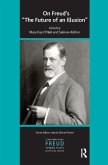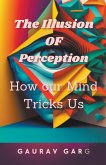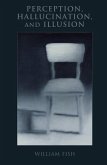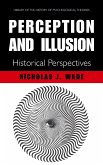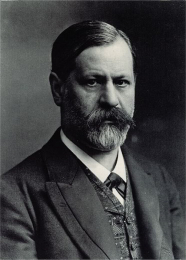Reprint of the 1928 edition. The Future of an Illusion is a book written by Sigmund Freud in 1927. It describes his interpretation of religion's origins, development, psychoanalysis, and its future. Freud describes religion as an illusion, as one of the wishes that are the "fulfillments of the oldest, strongest, and most urgent wishes of mankind". This title remains a landmark work of the 20th century.
Hinweis: Dieser Artikel kann nur an eine deutsche Lieferadresse ausgeliefert werden.
Hinweis: Dieser Artikel kann nur an eine deutsche Lieferadresse ausgeliefert werden.




